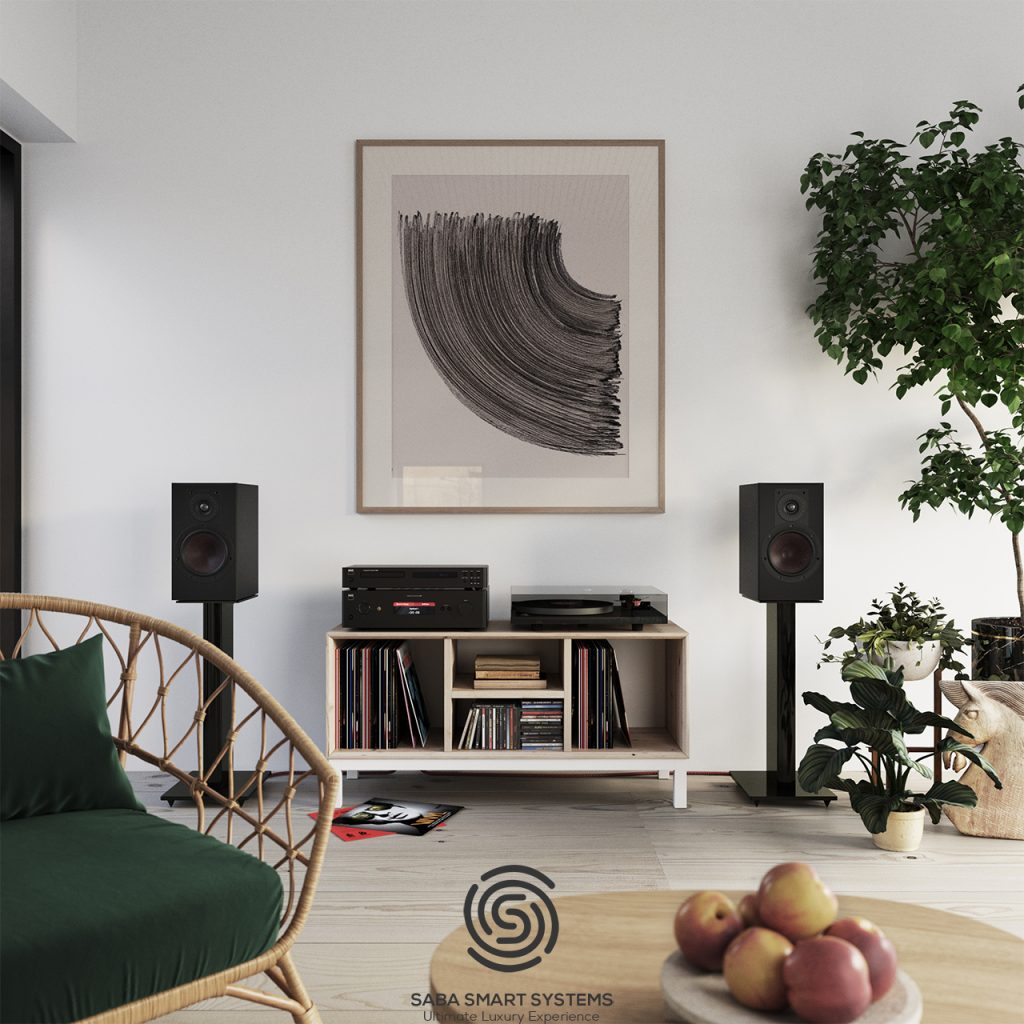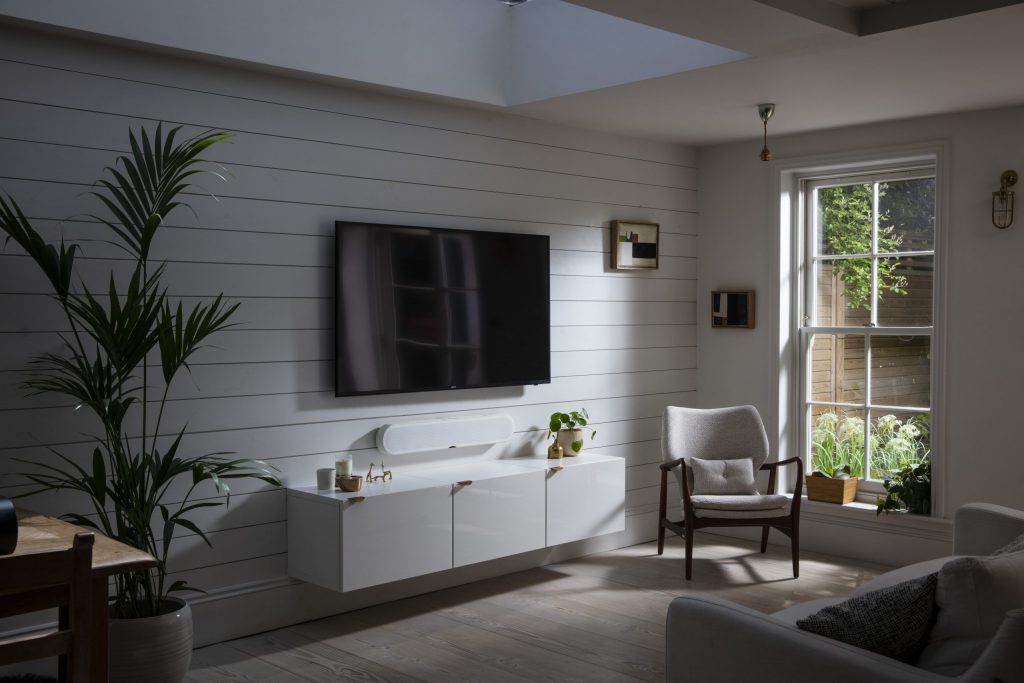In the previous post, the relationship between the location of the speakers and the space in which they are placed in proportion to the place where the listener sits in the home theater has been examined. In the following, we are going to go to the effect of anat. Let’s go to the home theater space on the speaker and discuss the information that can be extracted from it.
Loudspeaker placement has a has a major effect on the sound in home theaters. Loudspeakers in small listening rooms most likely interact with adjacent room boundaries, which occurs dependent on the frequency, when the loudspeaker is placed less than a wavelength to one or more boundaries and thus equalization for this interaction might be desired.
Problem solved!
Correction methods may include repositioning of the loudspeaker with respect to the boundaries as well as equalization of the frequency response of the loudspeaker, always concerning the desired sound at the listening location. It is not necessary to correct the sound for the entire room as the sweet spot for a surround sound arrangement in home theaters is limited anyway. Two potential locations for a good loudspeaker performance are free standing and flush-mounted in a wall. An on-wall placement is just reasonable if the loudspeaker is specifically designed for this purpose.
Speakers near the boundaries
Placing a loudspeaker near room boundaries can result in an increased radiated sound level up to +18 dB, assuming that the loudspeaker can be regarded as a mono-pole point source which produces an omni-directional sound field for frequencies with wavelengths that are long compared to the source size. Mounting a loudspeaker on or in a large plane reduces the original radiation angle (4π) by half (semi spherical radiation), resulting in an increased sound level of +6 dB. Additional energy is now reflected into the front hemisphere.

In case of two room boundaries, again the radiation angle is reduced by half, to π increasing the sound level for additionally +6 dB. Furthermore, this explains the effect of placing a subwoofer into a room corner which now implies three adjacent room boundaries, reducing the area of the initial spherical sound radiation to 1/8. The initial obtained sound pressure level gets a boost of +18 dB, resulting in a more powerful boomy sound that can be either desired or unwanted.
What has been said so far and what we will discuss in the future, will pave the way for creating a home theater of the highest quality. The audio products offered in Saba Smart systems, which include Dali speakers, Yamaha amplifiers and inakustik cables with their great variety and high quality, make it possible to implement any type of equipment according to the relevant needs.



